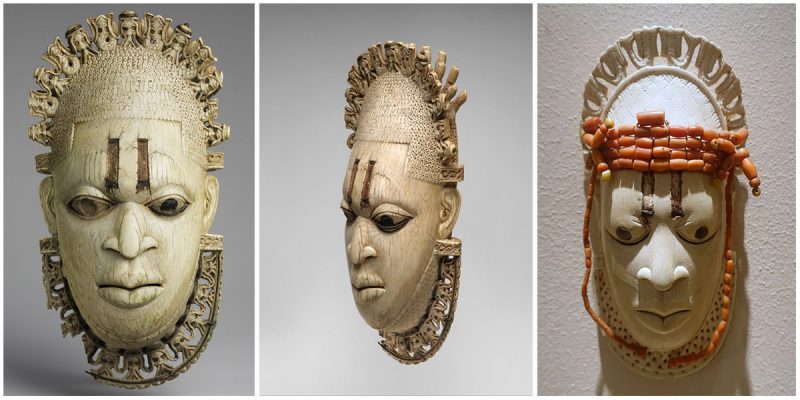The Benin ivory mask is a portrait of the Queen Mother Idia of the Benin Empire in the 16th century, made like an African traditional mask.
This miniature sculpture was worn as a pendant by the queen’s son Oba (which means King) Esigie. There are two almost identical pendant masks today, one of them is in the British Museum in London, and the other one is at the Metropolitan Museum of Art in New York. The bought masks are portraits of the queen and symbolize the legacy of the Benin dynasty that continues to the present day.
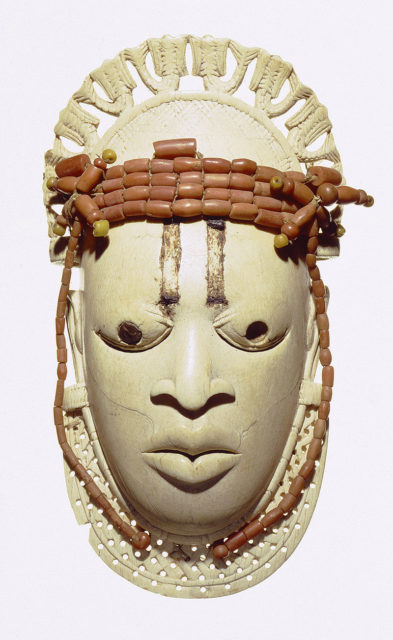
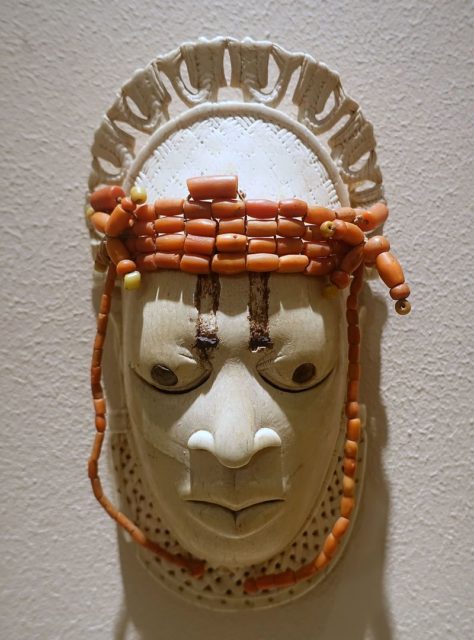
Other examples of this pendant can be found in the Seattle Art Museum, and the Linden Museum and one pendant is part of a private collection. They are all taken in 1897, during the Benin Expedition. The mask of Queen Mother Idia became a cultural emblem of modern Nigeria in 1977. When the Portuguese explorers first made contact with the Benin Empire, Oba Esigie became very powerful.
The trading and diplomacy with the Europeans brought Esigie and the Bini people prosperity. The Bini people traded with many things such as ivory, cloth, pepper, textiles and much more. During his reign, his mother was awarded the title of Iyoba which means ‘queen mother, ‘ and she was the first in the tradition of women advisors.
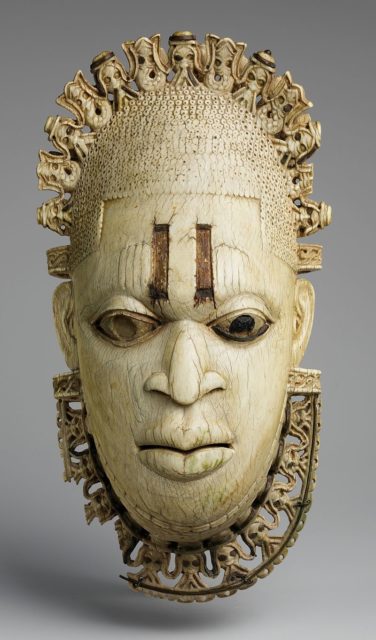
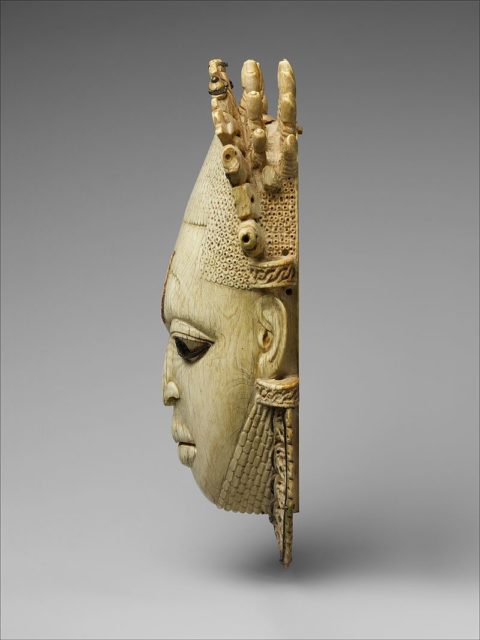
At least two of the masks that were found during the expedition feature Portuguese imagery, and it is thought that they were created in the early 16th century by the same artist. The details of the masks match the carving qualities of the early period of Benin art. Almost all of the ivory works that were made by the empire were for the king who used them in rituals.
They were used in ceremonies like the Ugie Iyoba and the Emobo purification ceremony. During the Emobo ceremony, these kinds of pendants were used to chase evil spirits, but throughout history, these traditions may have been changed.
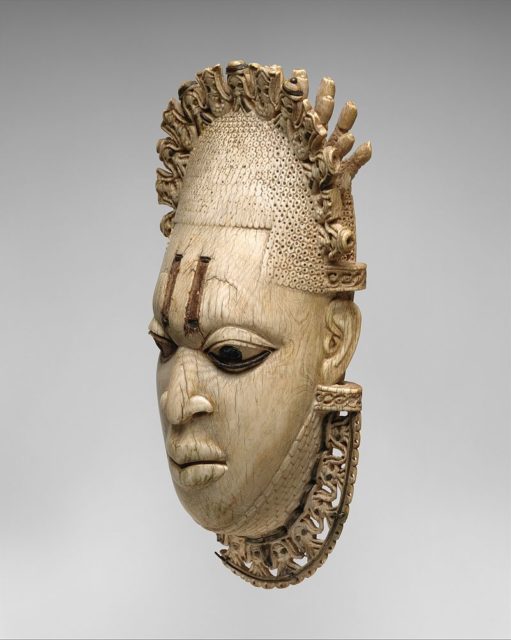
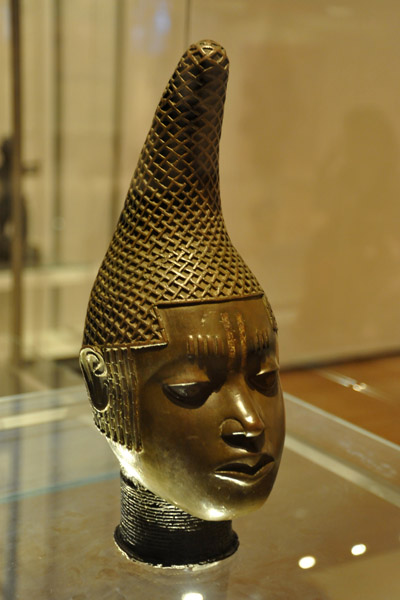
In this type of Benin art, the depiction of a woman is rare, but the Queen Idia was exceptional because according to the Edo tradition, this is the only woman who went to war. There is a bronze Head of Queen Idia from ancient Benin that was also found in the Expedition of 1897.
Read another story from us: The Republic of Benin was one of the shortest-lived countries in history
At the same year, it was presented to the British Museum by Sir William Ingram. Today, these masks can be seen id different regions of the world as bronze brooches, street graffiti, and there are copies which can be bought at the National Museum of Nigeria.
